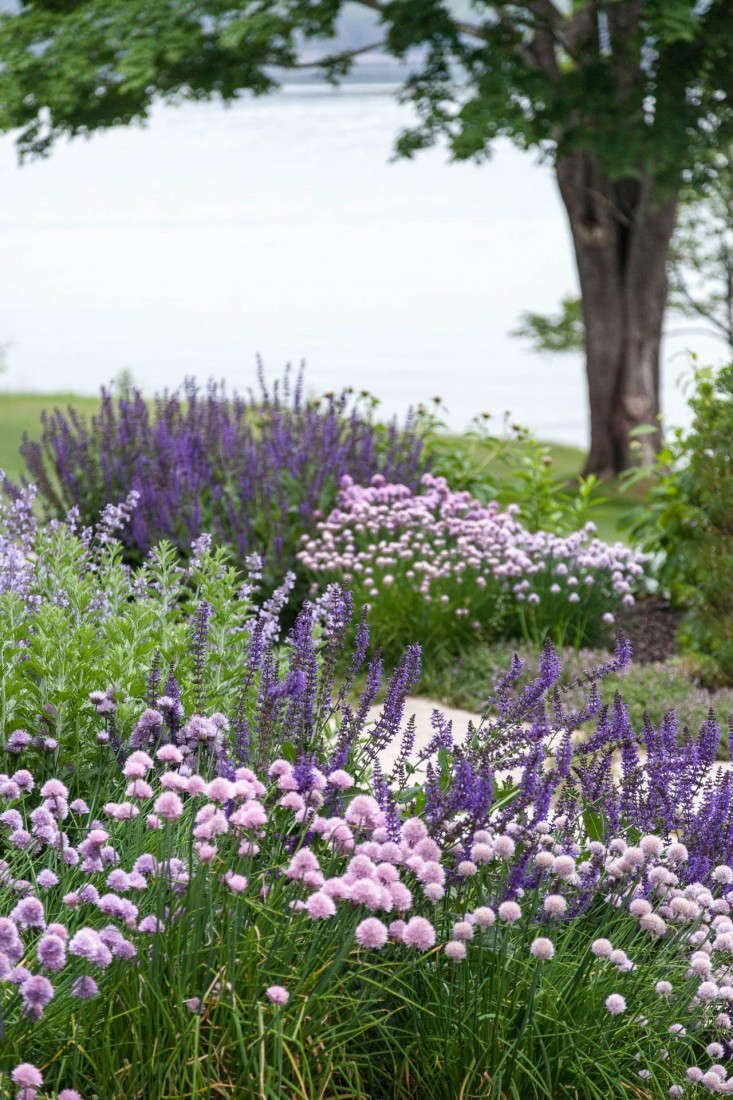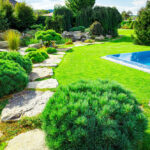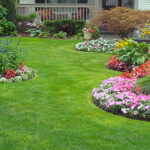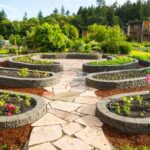Landscaping design is a crucial aspect of creating a visually appealing and functional outdoor space. It involves planning, designing, and implementing various elements such as plants, hardscapes, and structures to enhance the aesthetic beauty and functionality of a property. A well-designed landscape can add value to a home, improve curb appeal, and provide a peaceful retreat for homeowners to enjoy.
One of the key principles of landscaping design is balance. Balance refers to the distribution of elements in a landscape in a way that creates a harmonious and visually pleasing composition. Achieving balance involves considering factors such as the size, shape, color, and texture of plants and hardscaping materials. Symmetrical balance involves mirroring elements on either side of a central axis, while asymmetrical balance involves creating visual interest through the strategic placement of different elements.
Another important aspect of landscaping design is scale and proportion. Scale refers to the size of elements in relation to each other and to the overall space. Proportion, on the other hand, refers to the relationship between different elements in terms of size and shape. By carefully considering scale and proportion, landscapers can create a balanced and visually appealing landscape that feels harmonious and welcoming.
Unity is another key principle of landscaping design. Unity refers to the cohesive and intentional arrangement of elements in a landscape to create a seamless and harmonious whole. Achieving unity involves repeating patterns, colors, textures, and shapes throughout the landscape to create a sense of cohesion and continuity. By creating unity in a landscape, designers can create a sense of flow and harmony that ties all elements together.
In addition to balance, scale, proportion, and unity, landscaping design also involves considering function and practicality. A well-designed landscape should not only be visually appealing but also functional and practical for the needs of the homeowners. This can include considerations such as the placement of paths, seating areas, and outdoor entertainment spaces to maximize the usability and enjoyment of the outdoor space.
Overall, landscaping design is a complex and multifaceted process that involves careful planning, attention to detail, and a creative eye for design. By incorporating principles such as balance, scale, proportion, unity, and function, landscapers can create stunning and functional outdoor spaces that enhance the beauty and value of a property. Whether creating a serene garden retreat, a vibrant outdoor entertaining area, or a sustainable and eco-friendly landscape, landscaping design plays a vital role in transforming ordinary outdoor spaces into extraordinary outdoor sanctuaries.
















